Des jumelles, du fil et un panier
Niort (FR) - Runner-up

TEAM PORTRAIT
VIDEO (by the team)
INTERVIEW
Click on the images to enlarge
1. How did you form the team for the competition?
As a landscape designer and architect, we cultivate an interest in the territories of the edge, the periphery and the margin. We study tools to reveal their richness and transform the painful word that characterizes them. We then crossed our approaches, which are rooted in the philosophy of life and political ecology, to imagine an urbanism of care. Wouldn't this inclusive urbanism start by turning the edges upside down?
2. How do you define the main issue of your project, and how did you answer on this session main topic, Living cities?
Reflecting on an inclusive urbanism in the edges of the city of Niort allows us to reject an urbanocentric and purely economic vision of the land. In our opinion, this vision has generated numerous wounds and scars, traces of a land that is difficult to inhabit. This research on the Niort area develops a design approach that promotes a relationship of care and healing to improve its habitability. By turning the edges of Niort upside down, spaces are opened up to a forgotten and damaged geography as well as to a great diversity of invisibilised beings.
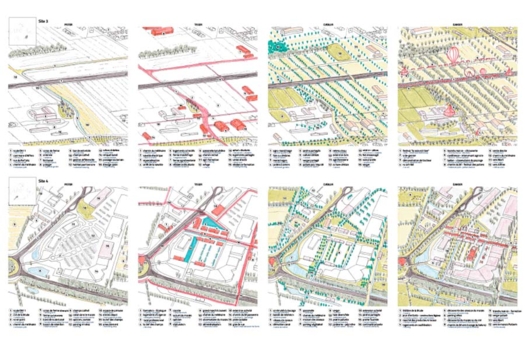
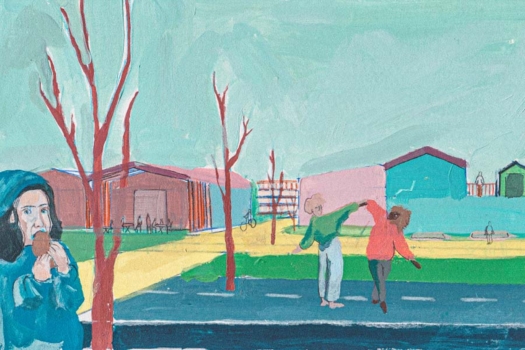
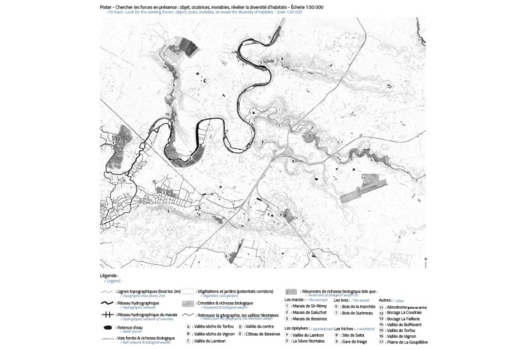
Niort is part of an exceptional natural heritage. It is bordered by valleys, marshes, plains and plateaus. Its edges offer an open horizon, cultivated soil, access to the great landscape, and a relationship with the wild, which we believe constitute the metabolic vitality of the four study sites. We have defined four verbs from the philosophy of life and political ecology to understand the mutation of the sites. Tracking, weaving, gathering, dancing, as 4 stages that accompany the mutation of the sites: In the archipelago of detritus, the project pays attention to a little considered dry valley, as a support for a new economy. In the business park, the extension of the influences of the Lambon valley allows the creation of a hybrid district in between. On the cereal plateau, the tensions between housing and intensive cultivation are pacified by an agri-urban grid which becomes a support for food communities. In the split marsh, the project restores a wetland continuity in an activity zone and becomes a place of presence and expression where life stories unfold.
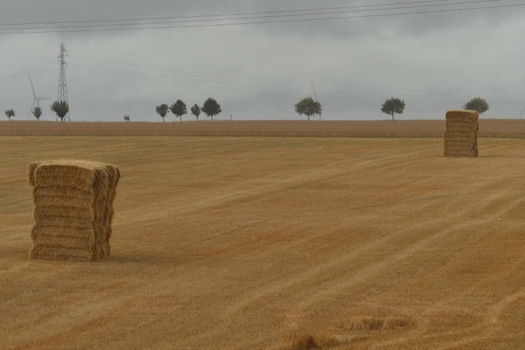
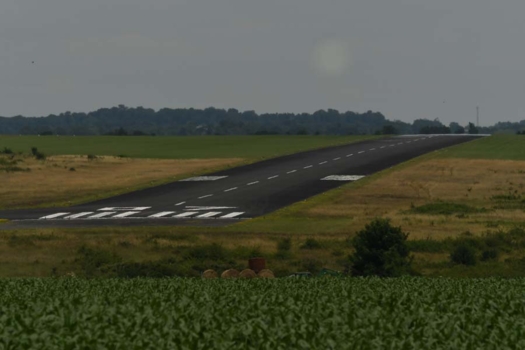
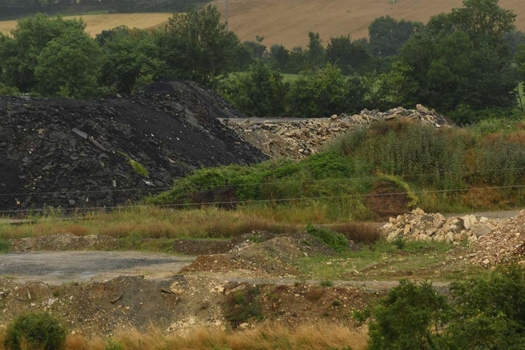
We develop an interest in the philosophy of the living, and political ecology in each of our projects. We believe that our work as designers of spaces tries to play the role of intermediaries, to bring these currents into the making of space. Our spatial approach is above all nourished by these readings. We distil words from them, capable of carrying project visions and arousing the imagination of the various actors. In the context of this competition, Baptiste Morizot's "Sur la piste animale", Ursula Leguin's "La théorie de la fiction-panier", Vincianne Despret's "Habiter en oiseau" and Anna Lowenhaupt Tsing's "Le champignon de la fin du monde", among others, have enabled us to develop the vocabulary of tracking, gathering, weaving, and dancing as media for study and as a basis for action. This method comes from Laly's research entitled "Treading on bodies, the earth, the territory, taking the steps of ecofeminism" (thesis at the Versailles landscape school).
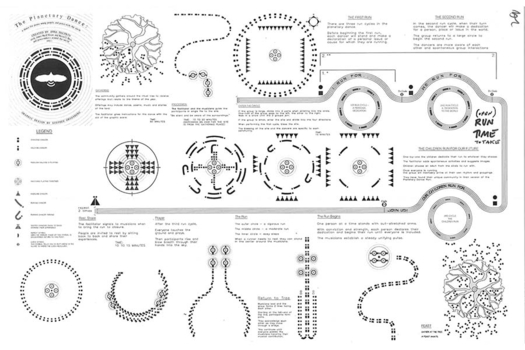
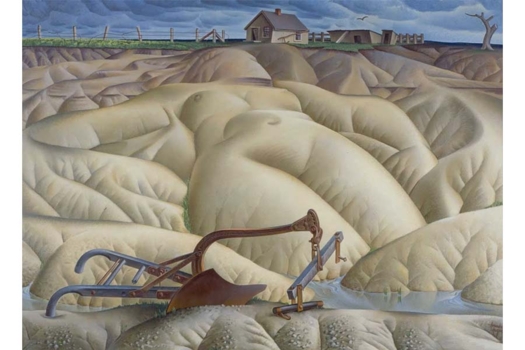
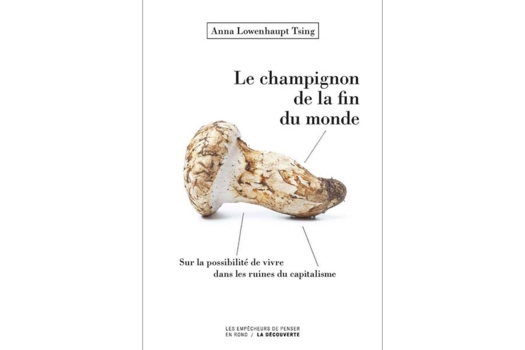
The vocabulary of tracking, weaving, gathering and dancing is included in a periodic table of verbs. This table sets out a framework and a time frame for actions to be carried out jointly with the actors in the area. It is a flexible framework that can evolve and integrate new proposals at each stage. These verbs can be used for different scales of study and action, from the field to the consultation workshop.
6. Is it the first time you have been awarded a prize at Europan? How could this help you in your professional career?
This is the first time we have won an award at Europan. We were finalists in Europan 15 on the "Pays de Dreux" site. Europan allows us to highlight different methods and projects. This competition values certain "steps aside" for a pluralism of solutions. As we are shaken up in our jobs by the challenges of our time, this opportunity encourages us to continue our reflections on the adaptation of the territory and urban wastelands with a joyful and poetic approach.
TEAM IDENTITY
Office: Les Oiseaux Architectures
Function: architecture, landscape
Average age of the associates: 28 years old
Has your team, together or separately, already conceived or implemented some projects and/or won any competition? if yes, which ones?
Baptiste, within the agency Les Oiseaux Architectures, has carried out numerous interior renovation and extension projects for private clients. He is currently working on the construction of a henhouse with recycled materials for a public contract. Last year, the agency co-constructed a pavilion in raw earth (pisé) at the international garden festival of the Chaumont-sur-Loire domain. A recent graduate of the Ecole Nationale Supérieure de Paysage de Versailles, Laly is developing an approach based on her apprenticeship experience at the Agence des Espaces Verts de la Région Île-de-France, although she has not yet completed any projects.
Does your team share a common workplace? if yes, give us a short description:
The team works in a room located in Comblot, in a Percheron farmhouse with 3 workstations.








